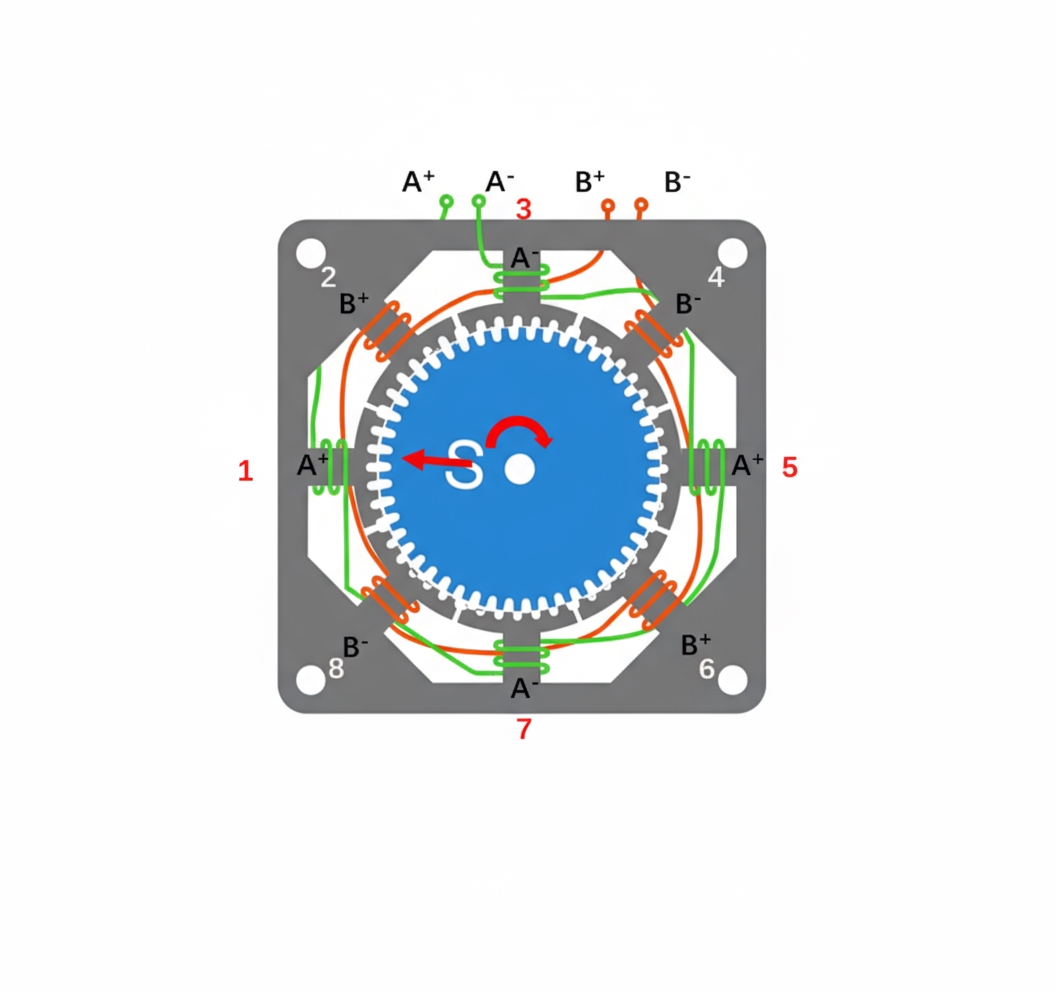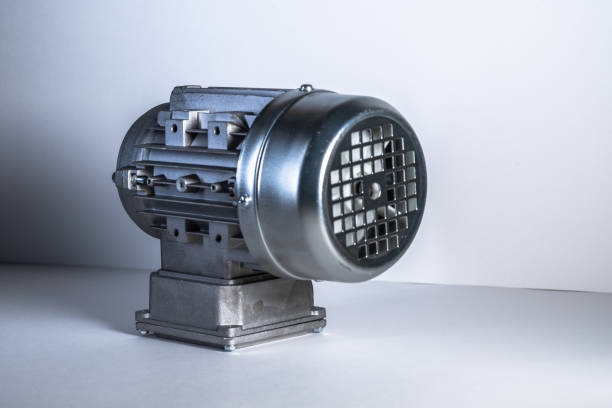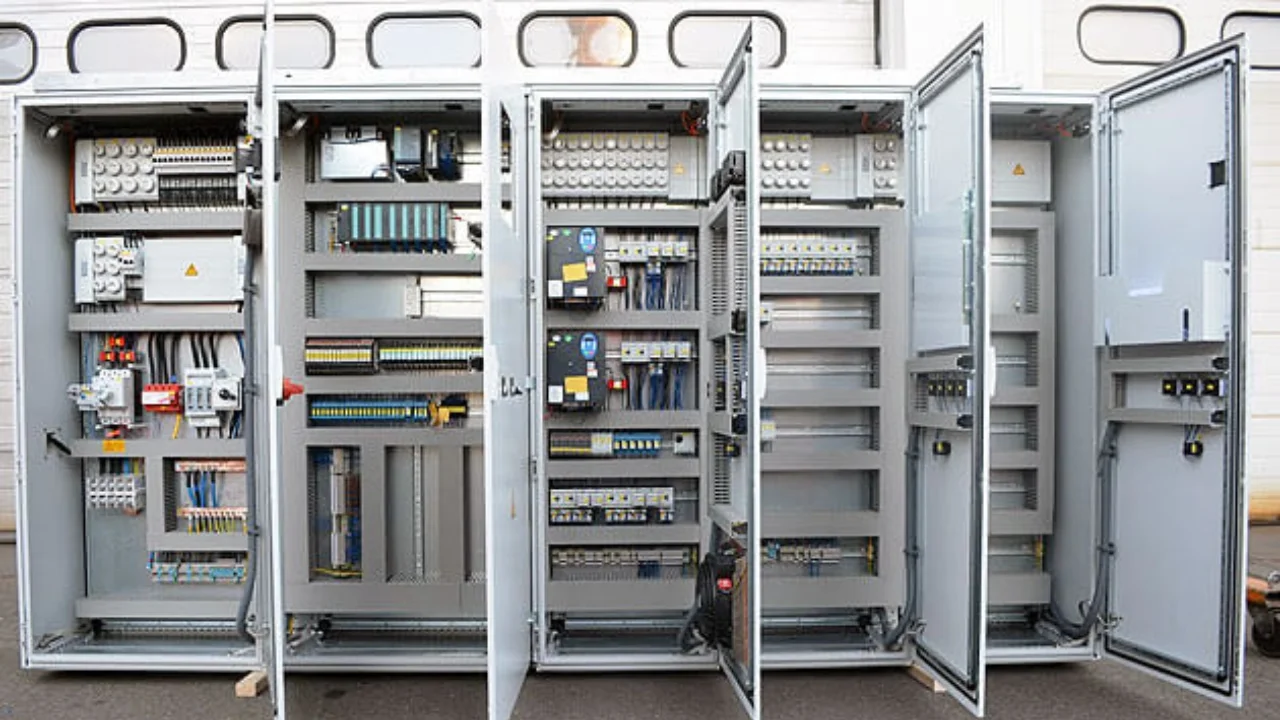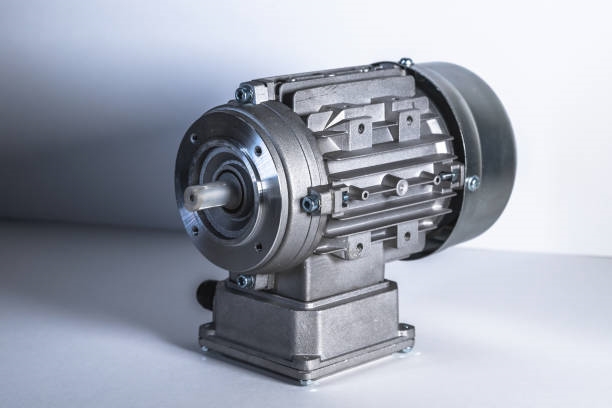Overview
In modern material handling systems, automated guided vehicles (AGVs) are a core component that must integrate with upstream management systems such as PMS (production management system), MES (manufacturing execution system), WMS (warehouse management system), and ERP (enterprise resource planning). Proper integration ensures efficient task scheduling and execution. The following summarizes five common integration approaches with practical considerations.
Common integration approaches
Webservice interface
Webservice is a cross-platform, internet-based data exchange technology that enables applications running in different environments to share data and functions. By deploying a web service host, a server exposes standardized Webservice interfaces. Although Webservice is not open source, its XML-based format provides interoperability, allowing developers familiar with XML to use it for data exchange. The AGV dispatch system acts as a client that calls the Webservice endpoints, parses received messages, and generates AGV job plans to direct vehicles to perform specified transport tasks.
Intermediate database integration
Using an intermediate database, upstream systems publish task information directly into a relational database such as SQL Server, MySQL, or Oracle. This requires creating dedicated tables in the intermediate database, for example: AGV job table, history table, job status table, job type table, priority table, user table, permission table, login log table, and operation log table.
HTTP + API interface
APIs provide a defined set of functions that simplify interaction between the AGV dispatch system and upstream systems. Over HTTP, the dispatch software can read task information published by upstream systems and immediately respond by sending corresponding commands to AGVs via the API endpoints.
TCP/IP + Modbus protocol
For scenarios requiring unified monitoring and management of many field devices, TCP/IP combined with Modbus is a suitable choice, especially when the customer already uses PLC-based control systems. This approach leverages existing network infrastructure, tends to be cost-effective, and is easy to extend. AGVs connect to the industrial PC over TCP/IP and exchange data following the Modbus protocol to execute dispatch commands precisely.
Custom integration
Some organizations prefer using in-house, custom systems to interface with AGVs to increase control and security. In these cases, the upstream system must define the task delivery workflow clearly and provide detailed integration documentation and technical protocols, typically as electronic documents, to ensure correct interoperability with the AGV dispatch system.
Common requirements and considerations
Regardless of the chosen integration method, it is preferable that all participating management systems and the AGV dispatch system reside on the same local area network to ensure timely and stable data transmission. Successful integration also depends on close collaboration between teams, with thorough communication of interface details to ensure accurate and complete data flow across systems, enabling intelligent dispatch and efficient AGV operation in complex production environments.
 ALLPCB
ALLPCB








